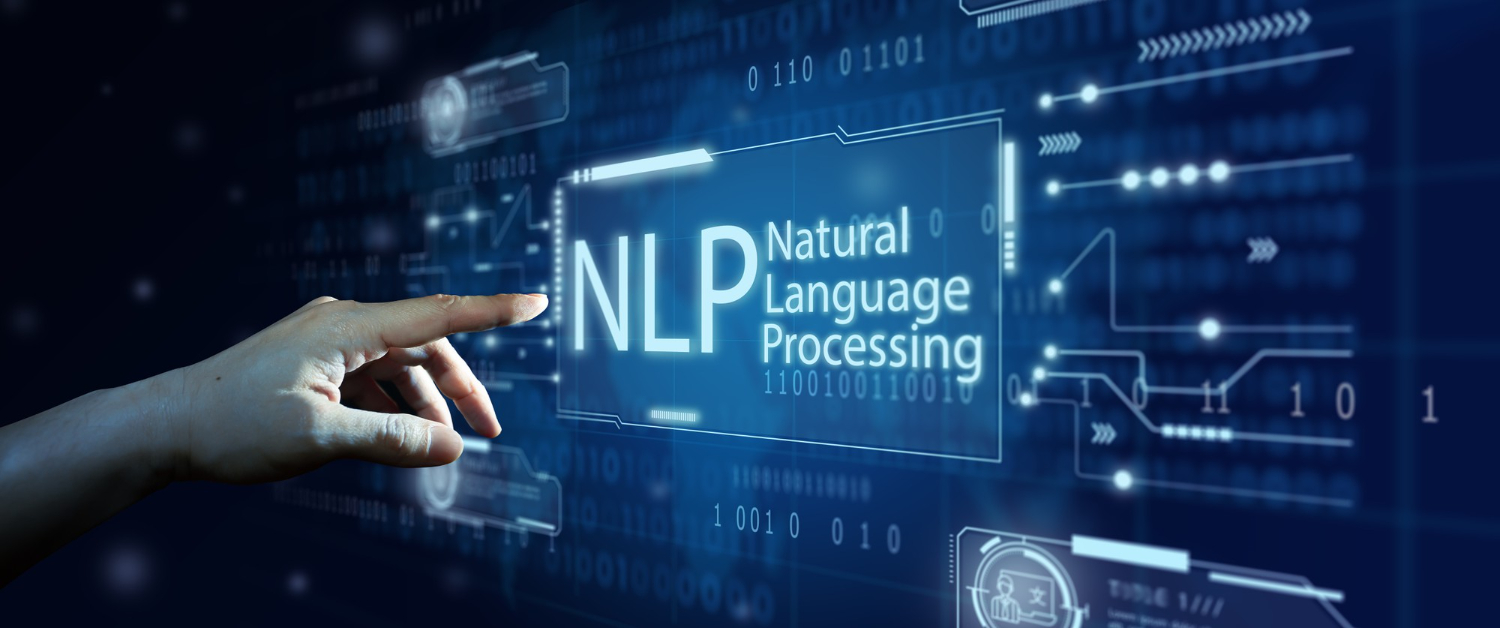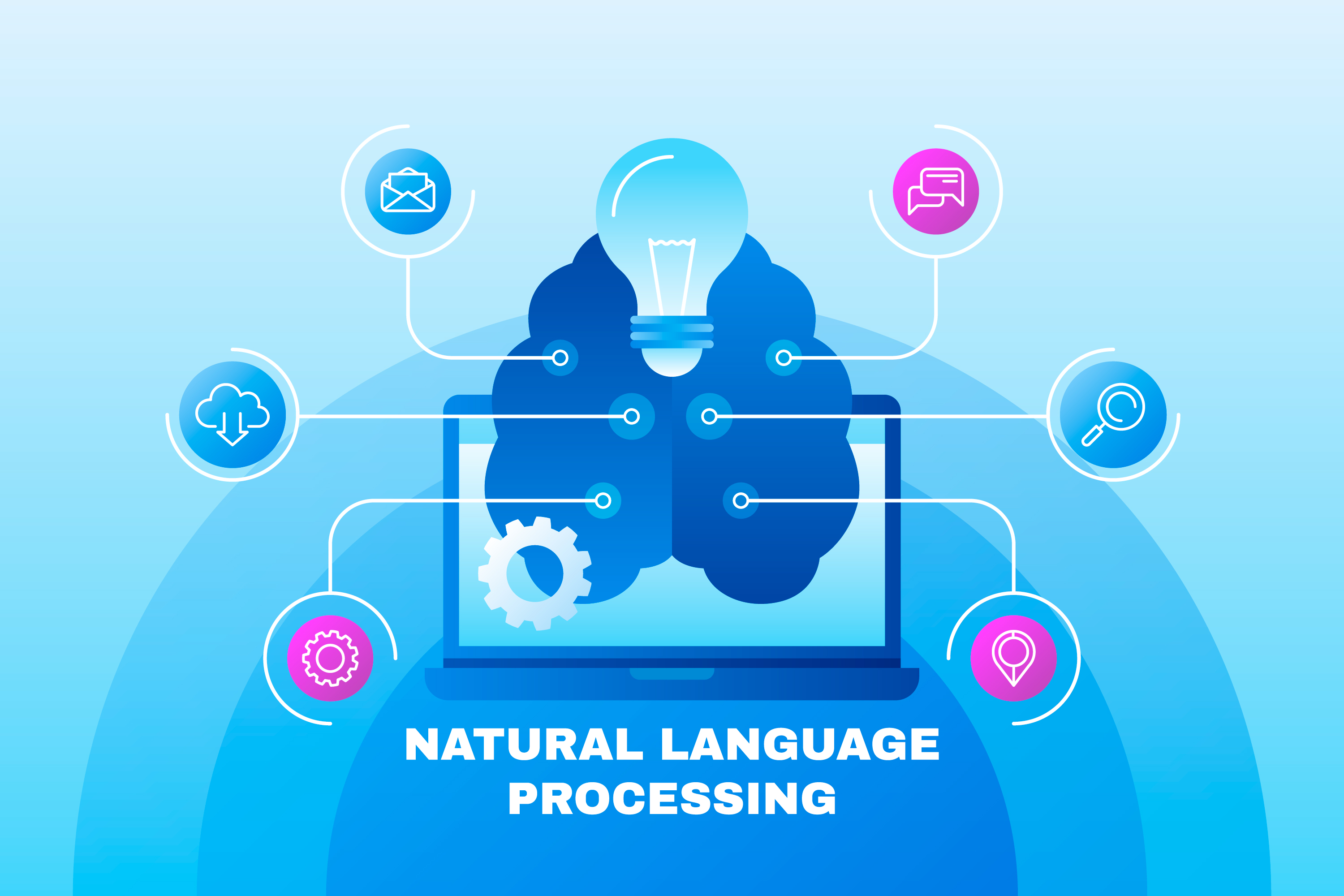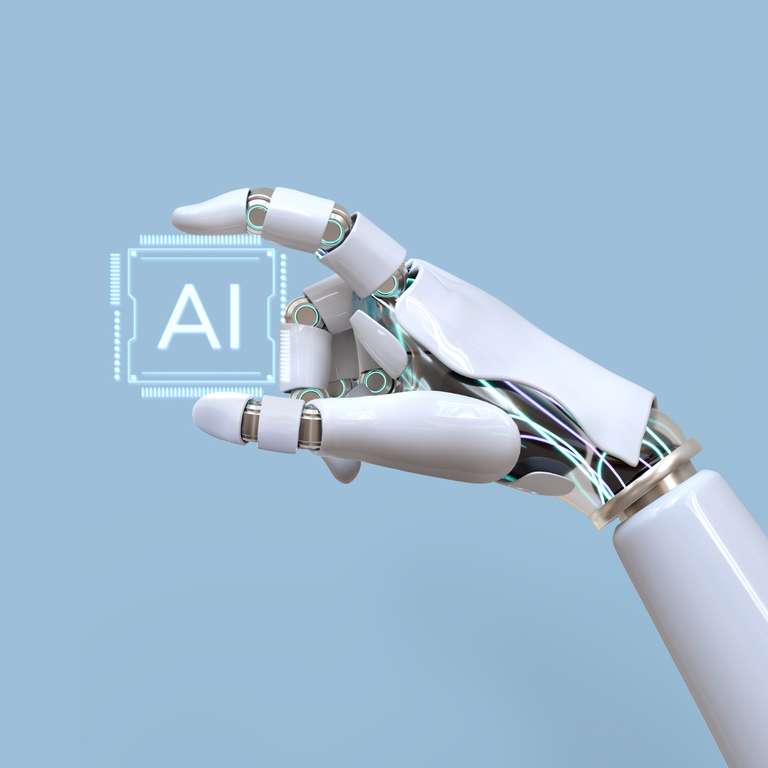From Data To Dialogue: Exploring Natural Language Generation

The globalized and data-driven world of the new millennium brings with it a lot of benefits but also leaves a lot to be desired when it comes to facilitating interactions within this interconnected network.
This is where novel advancements in artificial intelligence, particularly natural language generation (NLG), come in. Automation algorithms allow us to shape data as we see fit, enabling us to utilize text to speech tools for seamless interaction in different languages.
In essence, NLG utilizes AI programming technology to transform structured and unstructured data into coherent narratives. NLG can translate raw data, such as statistics or analytics, into text interpretable by human language, providing insights that are informative and accessible.
Through the complexities of natural language understanding, we unravel the ability of machines to understand data and articulate it in a manner that resonates with the nuances of human expression.

Table of Contents
How Does Natural Language Generation Work?
Natural language generation is a multi-step process that seamlessly converts raw data into readable output. Understanding the intricacies of NLG involves discussing the fundamental steps of the process, which result in the creation of contextually relevant language.
Data Input
The NLG journey begins with data, encompassing a wide array of structured and unstructured datasets from numerical and statistical figures to databases. Higher quality and better organization of the raw data leads to more refined output generation after undergoing computational processing.
Data Preprocessing
Before language generation begins, the input data undergoes a preprocessing phase. This involves cleaning and structuring data to ensure its accuracy and relevance.
Cleaning can involve compensating for missing values, correcting any present errors, and correctly formatting the data for optimized analysis.
Linguistic Analysis
Linguistic analysis is a pivotal step in the NLG process, which involves interpreting the provided data to identify patterns among the data features. We can understand the context and nuances in the data through computational linguistics and effectively represent them through natural language.
Text Generation
Once the linguistic analysis phase is complete, the NLG software moves on to text generation. This phase involves the transformation of the processed data insights into human-readable text.
Various algorithms and pre-defined templates are utilized to construct the most appropriate language to ensure clarity and coherence in the generated output.
Language Rules and Templates
NLG systems broadly use pre-defined language rules, templates, and trends to direct the text generation process. These rules can include grammar, syntax conventions, and stylistic elements.
Templates provide a structural framework for organizing information coherently and connectedly.
Contextual Understanding
To enhance the human-like quality of the generated text, NLG frameworks incorporate contextual understanding and consider aspects like tense, voice, and style to ensure its propriety.
This also involves considering the broader context of the information generated so that the output is accurate and contextually nuanced.
Human-Like Output
The ultimate objective of natural language generation is to produce output that is reflective of human linguistics, both in form and substance. Through a combination of linguistic analysis, language templates, and contextual reasoning, the NLG system generates informative text that resonates with our natural flow of communication.
Applications of Natural Language Processing


The ability of NLG to convert raw data into coherent and contextual narratives has paved the way for innovative practices in a variety of domains. As technology advances, the potential for NLG to streamline communication and improve accessibility functions as a driving force in the evolving landscape.
Content Generation
NLG stands out for its efficiency in streamlining content creation, exemplified by its ability to generate product descriptions automatically and craft informative reports. This not only saves time but also ensures a more consistent approach across the board.
Chatbots and Virtual Assistants
Chatbots and virtual assistants have become integral to virtual interactions and the customer service experience. NLG enables these interfaces to understand human language and provide resolutions in a contextually relevant manner to increase user engagement and satisfaction.
Healthcare Documentation
Accurate and timely documentation is critical in a heavily regulated field like the healthcare sector. NLG applications can automatically generate clinical reports and summaries based on patient data.
This helps reduce the burden on already overworked healthcare professionals and contributes to more efficient and error-free documentation, safe from human intervention.
Educational Materials
NLG systems are a transformative helping hand in educational content creation. The pre-defined templates employed by NLG processes can generate personalized learning content, quizzes, and assignments based on the provided data.
This approach allows educational content to adapt to individual learning needs, helping facilitate a more effective learning experience.
Also Read : The Ultimate Guide to Crafting Effective Ecommerce Product Videos
Accessibility
Improvements in NLG technologies have played a significant role in making information more accessible to a broader audience.
Natural language generation converts unreadable datasets into simpler language, making information accessible to more individuals. NLG enhances accessibility in fields including finance and technology, breaking down the roadblocks to information.
How to Use Natural Language Generation Systems?
AI-powered platforms such as Murf Studio allow users to effortlessly harness the capabilities of natural language generation in the form of cloud-based, state-of-the-art text to speech software. Designed for realism, Murf Studio empowers users with the ability to generate human-like voice overs for diverse applications.
By inputting text that needs a voice, Murf analyzes and transforms the provided information into coherent and emotive human speech. Murf Studio’s versatility shines in applications for creating engaging voiceovers for various applications, including educational material, podcasts, audiobooks, documentaries, corporate videos, product demos, and YouTube videos.
As a cloud-based solution, Murf Studio streamlines the voiceover generation process, saving time and maintaining consistency. With Murf Studio, users unlock the full potential of NLG, wielding a powerful tool for effective communication that allows them to control every aspect of the human voice, such as pitch, intonation, accents, and more.
What Can You Do With Murf?
Murf Studio is a dynamic tool that seamlessly translates written text into captivating, realistic speech. Let’s discuss the top use cases of Murf, where its features can elevate the auditory experience and bring content to life.
Podcasts
Podcast creators can utilize Murf to transform their scripts into natural-sounding narratives without manually recording the podcast. This helps creators scale their content across multiple languages and adjust to different audiences without dissecting the nuances of audio narration.
Audiobooks
Audiobook developers benefit from Murf’s ability to breathe life into their stories, creating emotionally invested, engaging, and lifelike audio experiences that draw listeners in from the get-go.
Advertising Videos
Murf Studio functions as a versatile narrator for advertising videos, seamlessly emulating a variety of human voices and accents and adding a human element to commercial content for better viewer engagement.
Marketing Content
Marketing professionals can leverage Murf Studio to convert data-driven patterns into compelling narratives, helping amplify the marketing materials through authentic and engaging voiceovers. Dynamic voiceovers enable marketers to boost their retention strategies and increase audience engagement.
For example, using Murf’s AI Translate feature, which supports 20+ languages, including Hindi, English, German, and more, marketing professionals can widen their reach and expand their potential target demographic.
YouTube Videos
For YouTube video creators, Murf effortlessly generates authentic and dynamic voiceovers, resulting in audibly engaging videos. Murf Studio holds the key to creativity through its innovative capabilities.
Conclusion
The role of NLG in transforming structured data into readable narratives and enhancing the accessibility and interpretation of complex information is noteworthy. Murf Studio exemplifies the prowess of NLG in reshaping content creation and communication through the seamless conversion of text input into lifelike auditory experiences.
Murf’s ability to create human-like voiceovers for various creative domains, such as podcasts, audiobooks, advertising, marketing, and YouTube videos, highlights its adaptability. Murf stands as a catalyst for efficient, engaging, and contextually aware communication.
As the epitome of natural language generation, Murf Studio facilitates the creative process, enhancing creativity and setting the status quo for lifelike voiceover generation.

FAQs
How does Murf.ai utilize natural language generation in its services?
Murf utilizes natural language generation to convert text into lifelike voiceovers in over 20 global languages. The human-like audio created enhances the quality of the audiovisual content.
Are there any risks associated with NLG-generated content?
While NLG offers efficiency, there can be potential risks with automated software, such as inconsistencies or biases in the generated content. Murf actively works on minimizing any unintended biases in the output. Murf also stores data on encrypted AWS servers for security.
Can Murf.ai’s natural language generation be used for multiple languages?
Yes, Murf Studio supports over 20 languages, including English, German, Italian, and many more. This bolsters universal applications and allows more users to create lifelike voiceovers.
How does natural language generation contribute to voice enhancement in Murf.ai?
Natural language generation enhances voice quality in Murf.ai by developing human-like voiceovers. Users can control attributes such as pitch, pauses, and speed to create authentic voiceovers.
What are some real-world applications of natural language generation?
The real-world applications of NLG span various domains, such as creating dynamic and lifelike voiceovers for platforms such as YouTube, efficient marketing strategies, and educational materials.
How can businesses benefit from NLG?
Businesses can save time through NLG by facilitating the automation of voiceover content, ensuring consistency in communication, and improving engagement. NLG is effective in sectors such as marketing and healthcare, leading to efficient creation and communication strategies.



